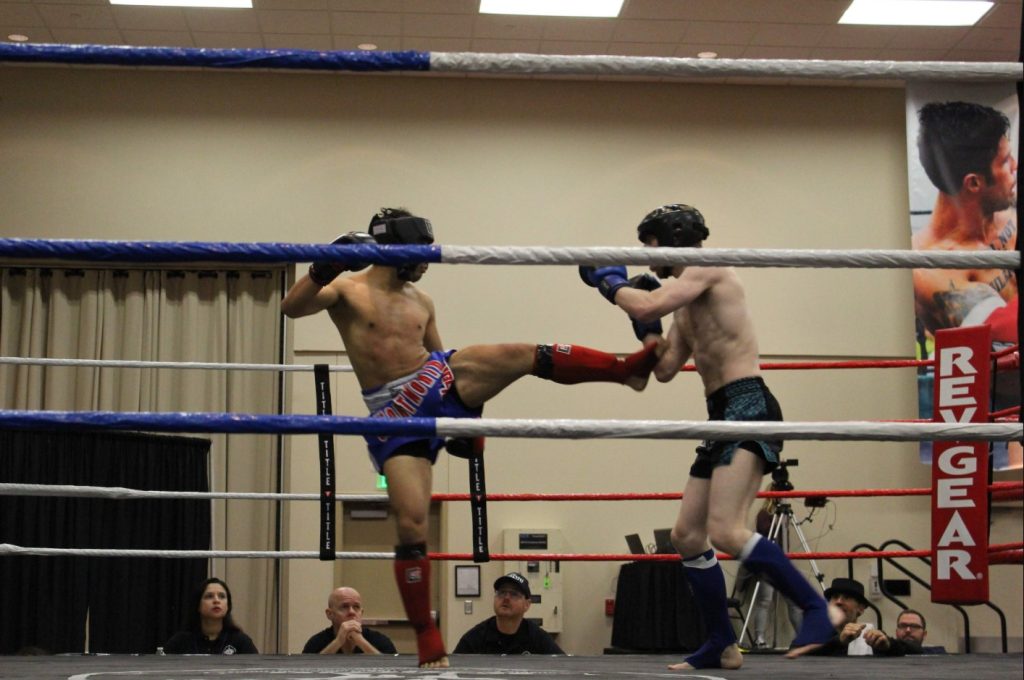Buakaw Banchamek, born Sombat Banchamek, is one of the most iconic names in the world of Muay Thai. Born on May 8, 1982, he has remained a dominant figure in combat sports for over two decades. As of 2025, Buakaw is 43 years old, which is considered relatively old for a Muay Thai fighter — especially one still actively competing.
Crazy Time: Table of Contents
But what does this age mean in the context of Muay Thai? How has Buakaw remained relevant and competitive while most of his contemporaries have retired? This article takes an in-depth look at Buakaw’s age in relation to his career, Muay Thai norms, and the broader fighting landscape.
1. Age and Longevity in Muay Thai
Muay Thai, Thailand’s national sport, is known for its intense physical demands. Fighters typically begin training and competing at a young age, and many retire by their late 20s or early 30s.
Typical Career Span of a Muay Thai Fighter
| Career Stage | Age Range | Description |
|---|---|---|
| Early Training | 6–10 years | Most Thai fighters start training in childhood. |
| Amateur Fights | 10–15 years | Begin fighting in local/regional competitions. |
| Prime Fighting Years | 16–25 years | Peak physical condition, most active fight years. |
| Decline/Retirement | 26–35 years | Slower recovery, fewer fights, possible transition to coaching or promotion. |
2. Buakaw’s Career Timeline
uakaw’s Key Milestones
| Year | Age | Career Milestone |
|---|---|---|
| 1990 | 8 | Started training in Muay Thai in Surin, Thailand. |
| 1996 | 14 | Began fighting under the ring name “Buakaw Por. Pramuk.” |
| 2004 | 22 | Won K-1 World MAX Championship (first international breakthrough). |
| 2006 | 24 | Won K-1 World MAX again. |
| 2012 | 30 | Left Por. Pramuk gym, changed name to “Buakaw Banchamek.” |
| 2014–2022 | 32–40 | Participated in international kickboxing and exhibitions. |
| 2022 | 40 | Returned to bare-knuckle Muay Thai with BKFC (Bare Knuckle Fighting Championship). |
| 2025 | 43 | Continues to compete and train fighters at Banchamek Gym. |
Even past 40, Buakaw still competes in international events, exhibitions, and charity fights, showcasing not just physical capability but also enduring star power.
3. Training Regimen and Longevity
Buakaw’s longevity can be credited in part to his training discipline. Unlike younger fighters who push for volume, older athletes must focus on injury prevention, recovery, and nutrition.
Buakaw’s Training Principles
| Category | Key Components |
|---|---|
| Daily Routine | Running (10–15 km), pad work, clinching, bag work, sparring. |
| Strength Training | Bodyweight exercises, occasional weights, functional training. |
| Recovery | Massage therapy, stretching, sleep, sauna. |
| Diet | Traditional Thai diet: rice, lean meat, vegetables, herbal teas. |
Kg Time: His ability to adapt his training to his age, while maintaining peak physical form, is rare in Muay Thai.
4. How Does Buakaw Compare to Other Fighters?
Comparison with Other Muay Thai Legends
| Fighter | Year of Birth | Age in 2025 | Retirement Age | Notes |
|---|---|---|---|---|
| Saenchai | 1980 | 45 | Still active (exhibitions) | Known for agility and showmanship. |
| Samart Payakaroon | 1962 | 63 | Retired in 1990s | Often called the Muhammad Ali of Muay Thai. |
| Dieselnoi Chor Thanasukarn | 1961 | 64 | Retired at 25 | Dominated in the 1980s, retired early due to lack of opponents. |
| Buakaw Banchamek | 1982 | 43 | Still active | Competes in Muay Thai, kickboxing, and exhibitions. |
While legends like Saenchai still perform, their fights are typically exhibition-style — meaning lower intensity, no official records, and more entertainment-focused. Buakaw, however, still competes in regulated bouts, including bare-knuckle fights, which are notoriously brutal.
5. Brand and Legacy
Buakaw’s longevity isn’t just physical — it’s strategic. He transitioned from just being a fighter to being a brand.
- Banchamek Gym: His own training facility where he coaches fighters.
- International Fame: A global icon in Thailand, China, Japan, and Europe.
- Media and Endorsements: Appeared in movies, commercials, and music videos.
- Martial Arts Ambassador: Promotes Thai culture and Muay Thai globally.
Buakaw’s success post-prime is reminiscent of athletes like Floyd Mayweather or Cristiano Ronaldo, who extend their careers through strategic branding and selective fights.
6. Risks of Fighting at 43
Fighting at an older age isn’t without risk. Reaction time slows, injury recovery is longer, and the risk of serious damage increases. However, Buakaw has managed to avoid significant long-term injury due to:
- Smart matchmaking
- Selective fight frequency
- Superior conditioning
- Experience and fight IQ
7. A Living Legend
Kaisi Time: At 43 years old, Buakaw Banchamek is not just an outlier in the Muay Thai world — he is a phenomenon. His continued presence in competitive fighting at an age where most would be coaching or retired speaks to:
- His dedication to the art
- His strategic evolution as a fighter and public figure
- His legendary status in the history of Muay Thai
For fans, every time Buakaw enters the ring is a chance to witness history. Whether or not he continues for another year or more, his impact on Muay Thai is immortal.
Buakaw isn’t just old for a Muay Thai fighter — he’s rewriting what “old” even means in combat sports. For aspiring fighters, he is proof that discipline, adaptation, and vision can prolong greatness far beyond the expected limits.

